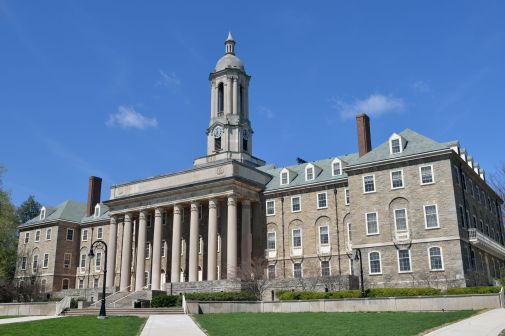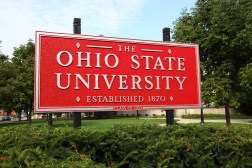Ohio State researchers outline ‘smart’ job growth post-COVID

Providing rapid pathways for Ohio workers to job training centered around automation will help fill gaps in the state’s workforce, especially after the COVID-19 pandemic recedes, Ohio State University researchers wrote in a new report published last Friday.
The report, developed in conjunction with the Workforce Development Board of Central Ohio, the United Way of Central Ohio and Smart Columbus — the capital city’s smart cities working group — found that “technology disruptions inspired by the smart city movement will likely accelerate even more quickly in the wake of the COVID-19 pandemic.”
That acceleration means universities and other organizations need to ramp up training opportunities to “close skill gaps and deliver education and credentials for central Ohio workers,” the study read.
“The future of smart work is underway in central Ohio, where the network of education, workforce and business professionals are working hard to broaden participation in the economy of tomorrow,” said Josh Hawley, a professor at Ohio State and director of the research center. “Our systematic review of the workforce trends highlights new opportunities and challenges for this growing and dynamic region.”
In the study, researchers recommended six tactics that organizations in central Ohio — including Ohio State, the City of Columbus, the state government, and the private and nonprofit sectors — should pursue:
- Data-informed, real-time economic analysis to allow job seekers to understand what skills are needed, and enable businesses to see what skill sets are in the region
- Establishment of a continuous learning system that provides education and training for new and emerging job pathways
- Earlier integration of career exploration in middle and high school curriculum, allowing for exposure to the high-demand occupations earlier in the education journey, as well as creating future opportunities for internships
- Improved access and restructuring for short-term certifications and credentials to speed up the hiring process with an emphasis on skills competency
- Development of “earn as you learn” opportunities that prioritize skill acquisition
- Support the workforce with more training and education
The study was commissioned in 2019, as the work of Smart Columbus came into focus. The research was funded by matching grants from Paul Allen Philanthropies, the United Way of Central Ohio and the Workforce Development Board of Central Ohio, which were awarded after the city won a 2016 U.S. Transportation Department competition.
But the coronavirus pandemic has only clarified how much wider Ohio’s skill gap is growing, Columbus Mayor Andrew Ginther said.
“The pandemic has inspired opportunities for innovation and advancement through automated goods delivery, remote learning and more, but it has also laid bare inequities in access to connectivity and education,” Ginther said in an Ohio State press release. “We must act now and engage residents in every stage of their careers in order to emerge from this crisis stronger and more prepared for continued change.”
The Ohio State study joins several other university-led efforts to develop research as well as to create innovation and STEM centers designed to promote workforce development and skills-based training for jobs of the future.




